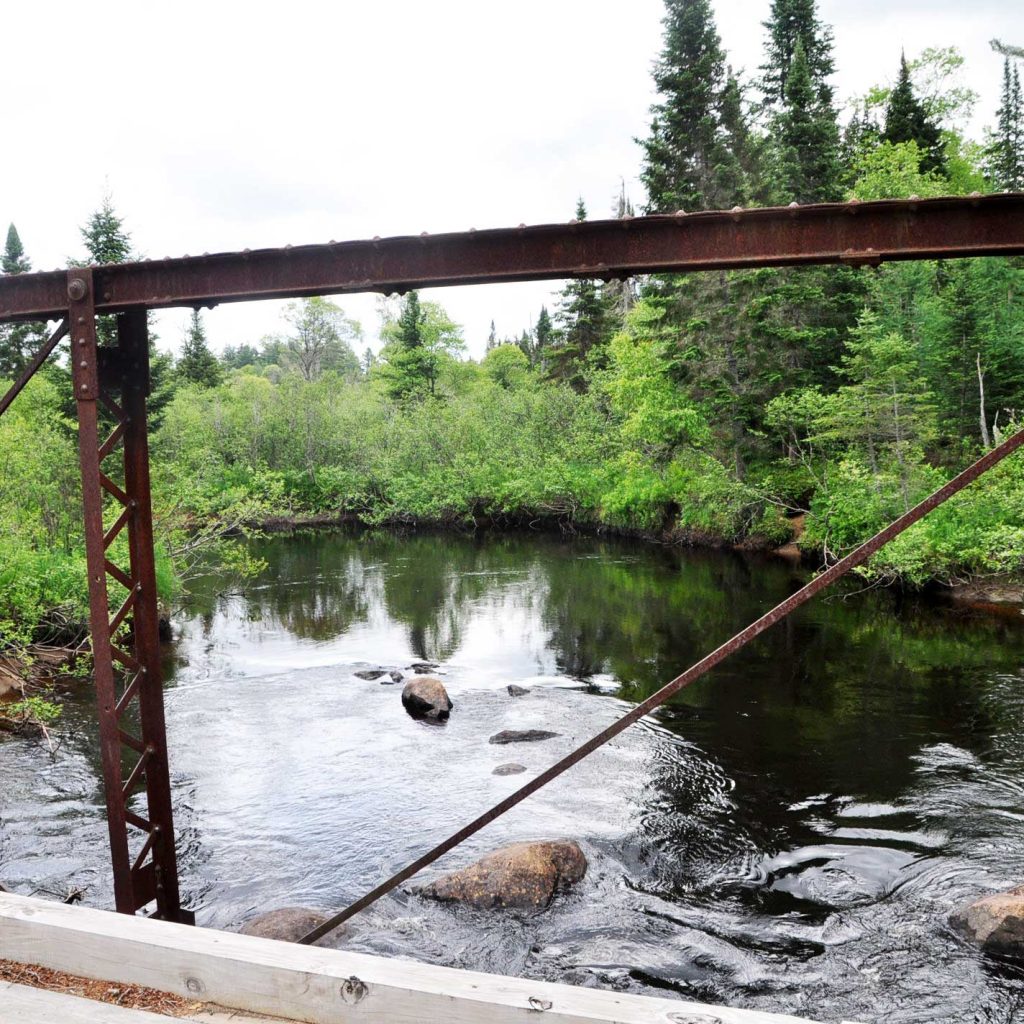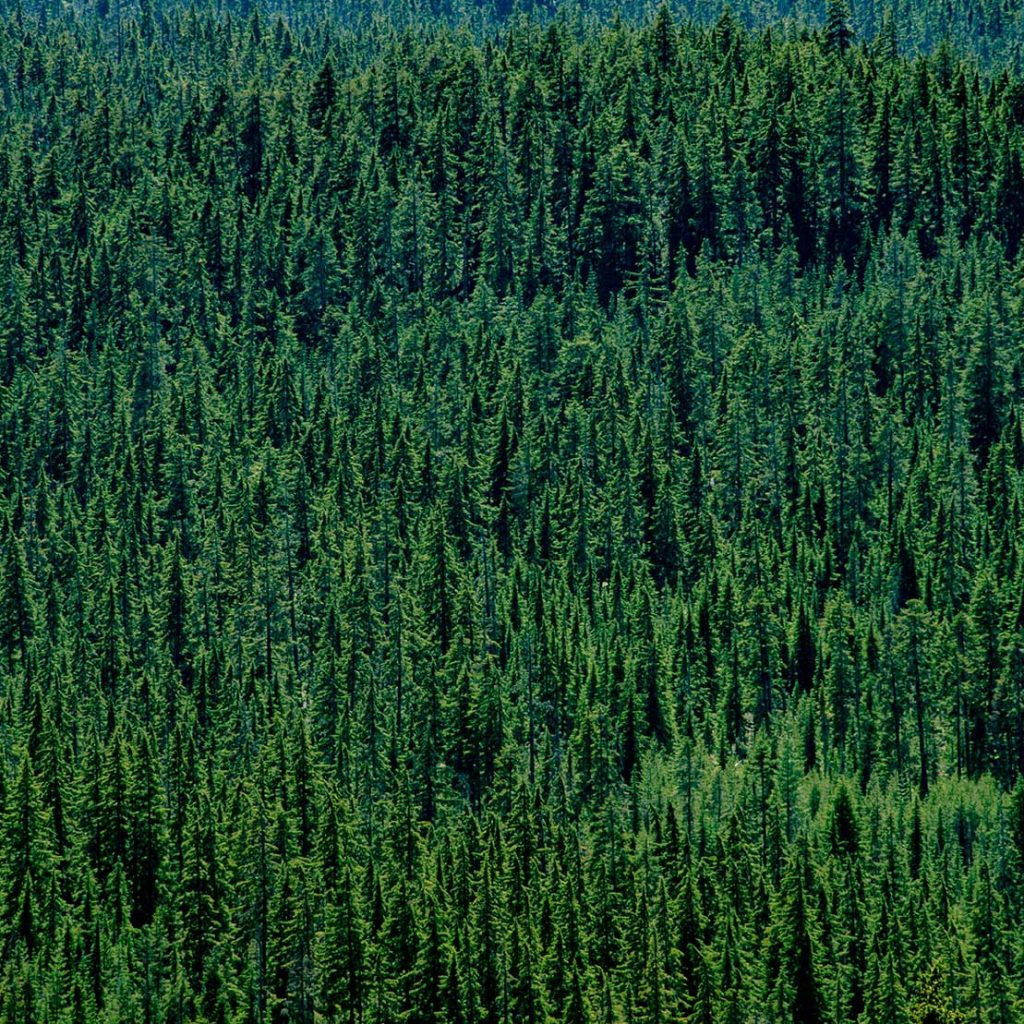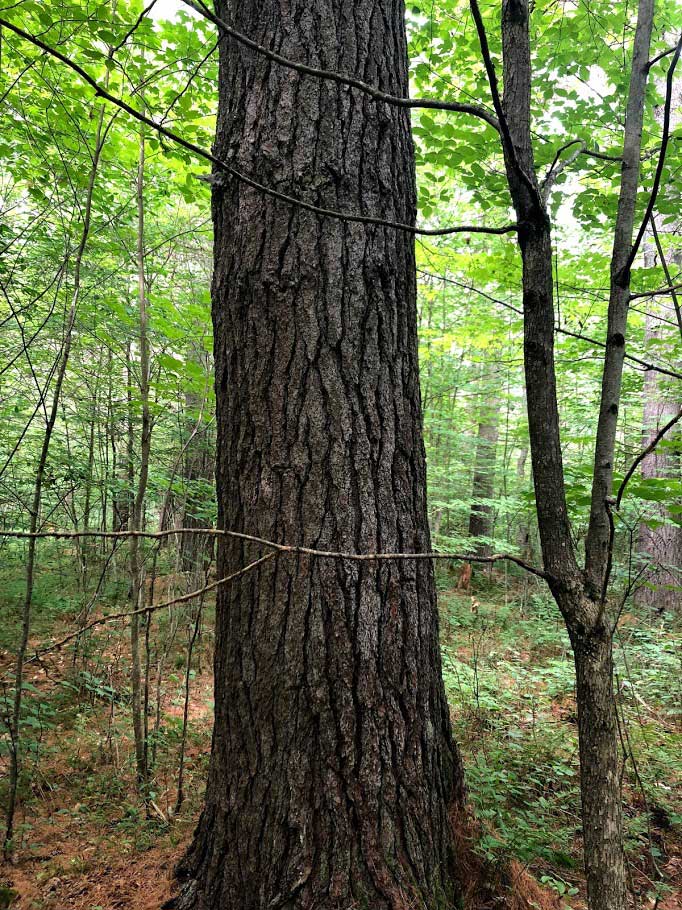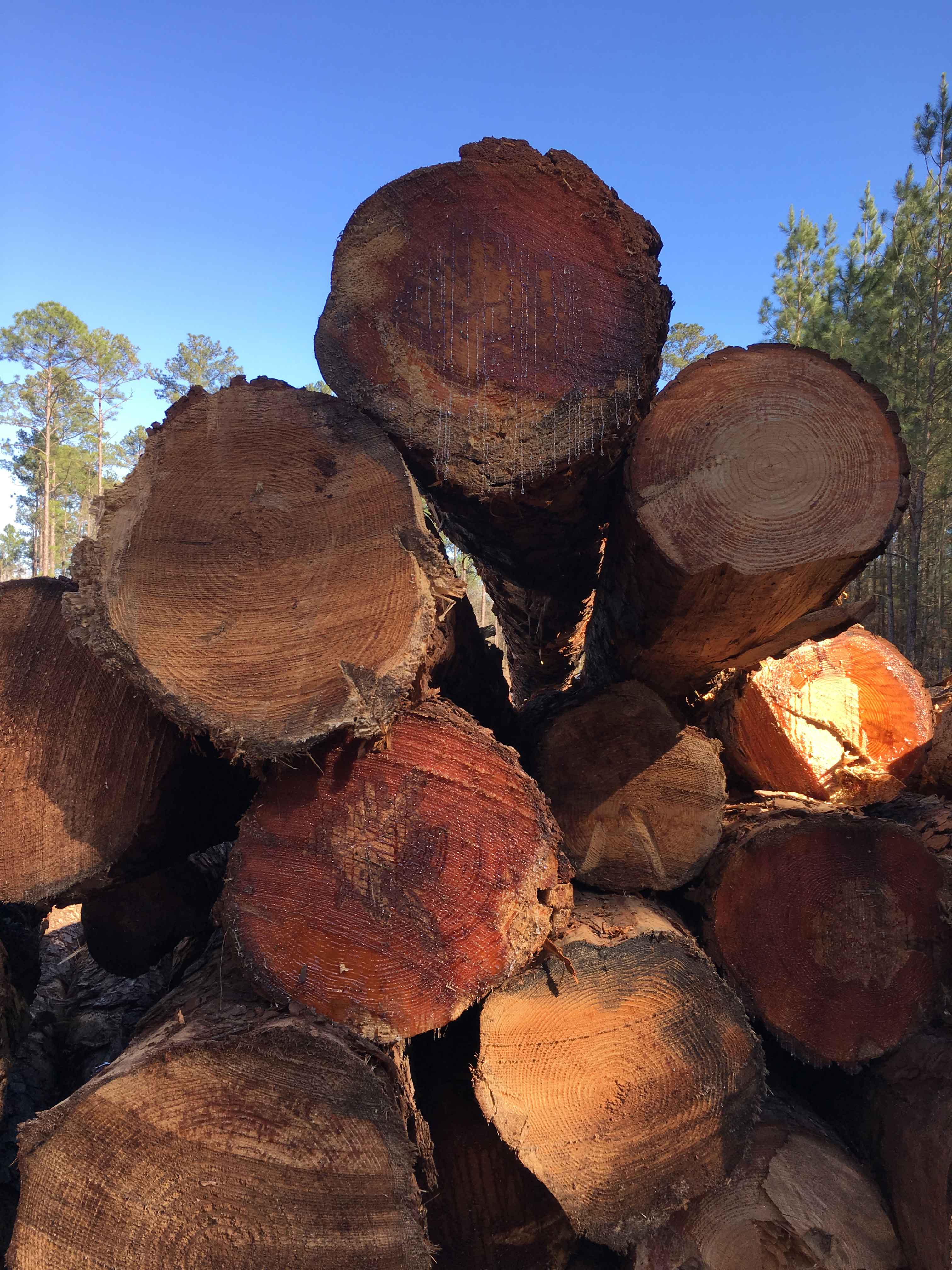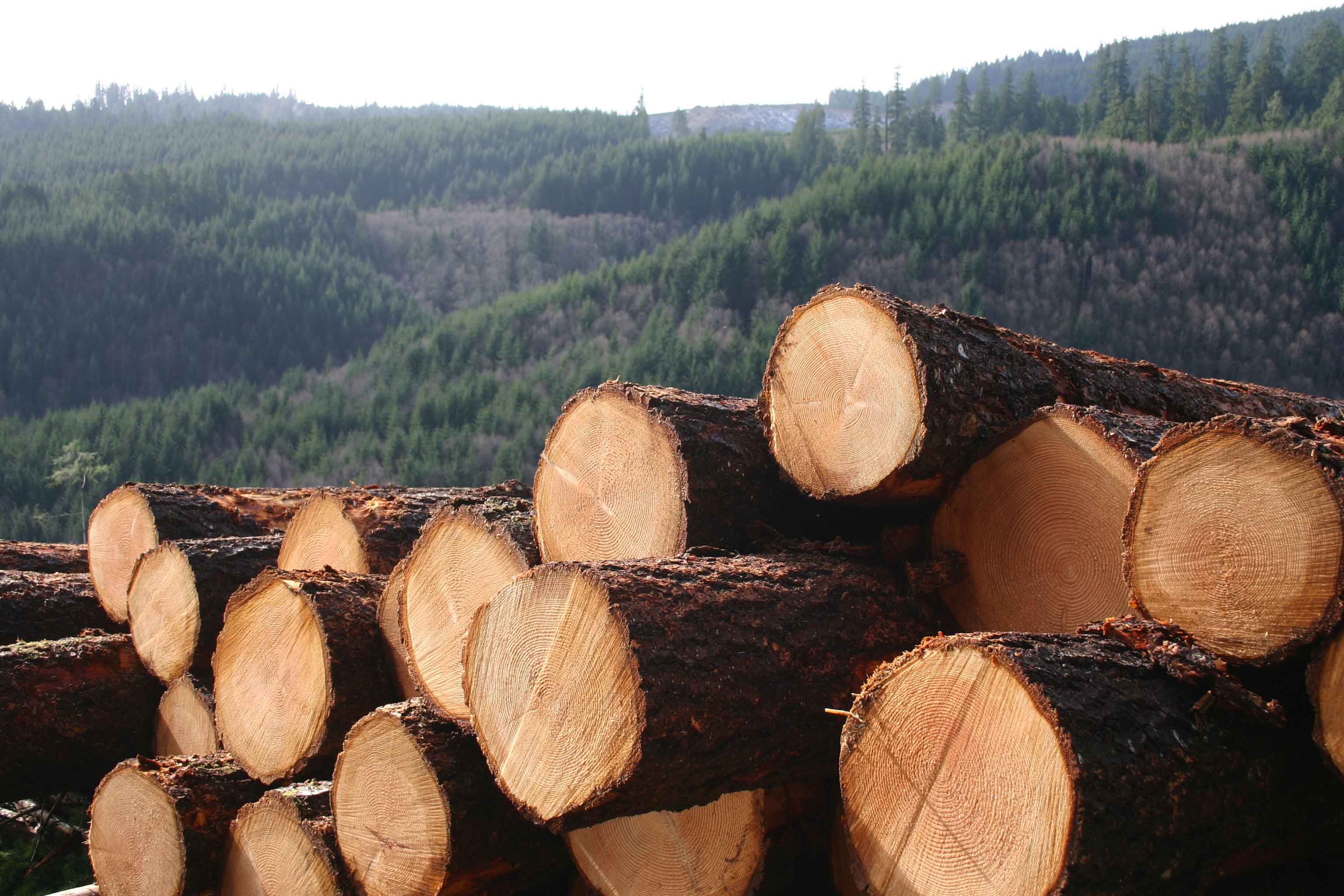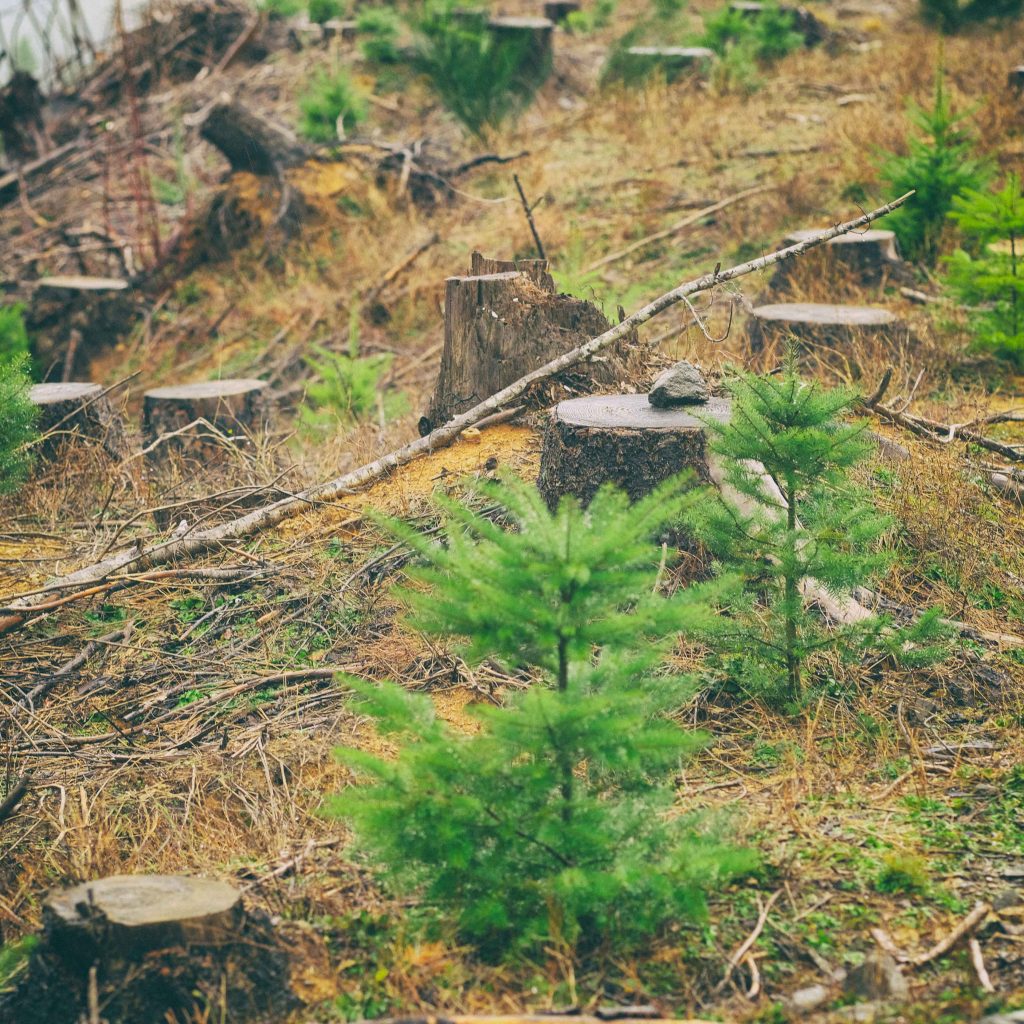Previous
Next
Forests
The Northeast region of the US is typically made up of temperate broadleaved forests and some boreal forests in higher elevations. Forests in this region are commonly managed less intensively than the Southeast US forests. Forests are generally regenerated naturally on harvested and disturbed sites. Due to the cooler climates and topography of the region, growth rates are lower, making rotations longer. Common species include: American beech, balsam fir, eastern white pine, paper birch, sugar maple, white spruce and yellow birch.

